High-pressure valves are manufactured according to the latest international designs, using the latest advanced technology and a strict quality control system. These valves are exceptionally robust, robust, and durable. They are designed for a waterproof seal, ease of use with integrated quality and integrity for long service life. SKG Pneumatics Inc is specializing in firefighting equipment and industrial valves suppliers. If you are searching for industrial valve suppliers then your search destination ends with SKG pneumatics.
High-pressure valves are manufactured in Gate and Globe valve types.
- Gate valves: It is the most common valves in use today, especially when the uninterrupted flow is required, as the valve fully retracts into the bonnet, creating minimal pressure drop when the valve is in the open position. Gate valves usually are intended for use in isolation applications.
- Globe valves: The main advantage is that a globe valve opens faster than a globe valve because the disc only needs to move a short distance from its seat to allow full flow. It is an advantage in case of frequent valve operation. The disadvantage is that the fluid has to change course, which increases the resistance to flow and generates turbulence. It results in a higher pressure drop through a globe valve than a gate valve. Globe valves are designed to close, open, or restrict flow in a pipeline.
- The pressure seal cap: Another very effective type of cap construction, apart from the standard bolted cap type in a gate valve, is the seal cap. This construction is adopted for valves for high service at very high pressure. The unique feature of the pressure seal cap is that the seal of the body-cap seals improves as the internal pressure in the valve increases, compared to other constructions where the increase in internal pressure tends to create leaks in the body-cover gasket.
SKG pneumatics is the topmost reputed firefighting equipment dealer and has been top-ranked in manufacturing & supplying high-pressure valves for many years.
Applications of High-pressure Valves
- Boilers of steel industries:- In Iron and steel industries where boilers are used at high pressure, high-pressure valves are essential to keep safety at the workplace.
- Power plants and Chemical factories:- Certain chemicals are stored at high pressure as they can be dangerous at low pressure. Hence using reliable and efficient high-pressure valves can decrease the risk factor.
- In sugar factories:- Manufacture of sugar involves high pressure in the boiler which can easily be regulated using high-pressure valves. Our valves can function properly in water, aggressive environment as they are made from chemically inactive material and do not contaminate or react with the fluid passing through them.


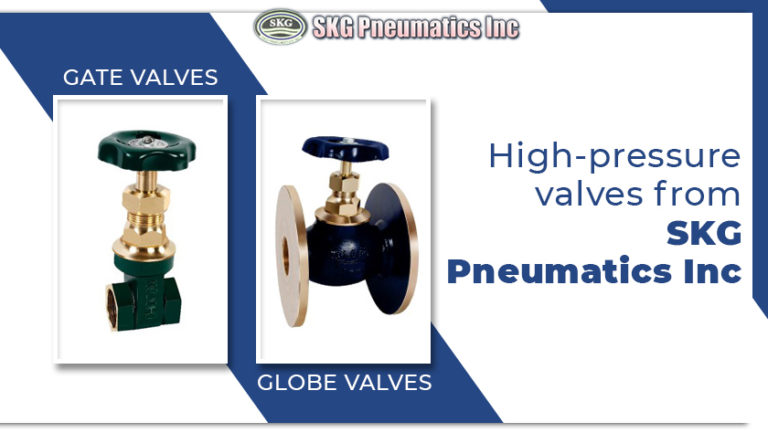


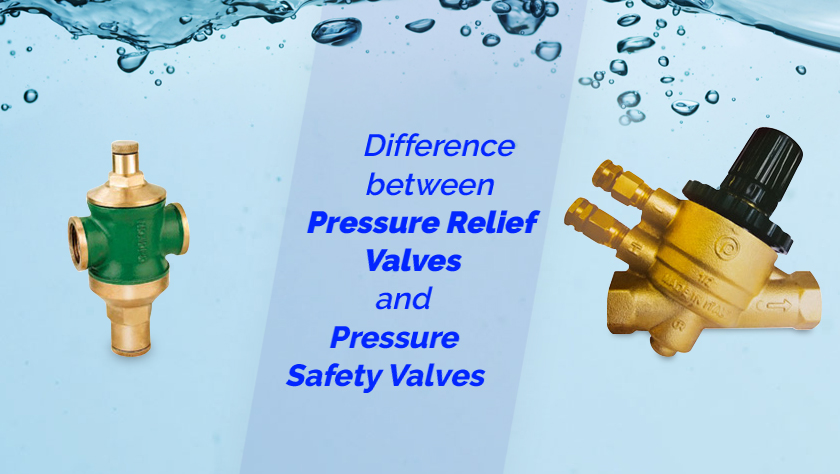
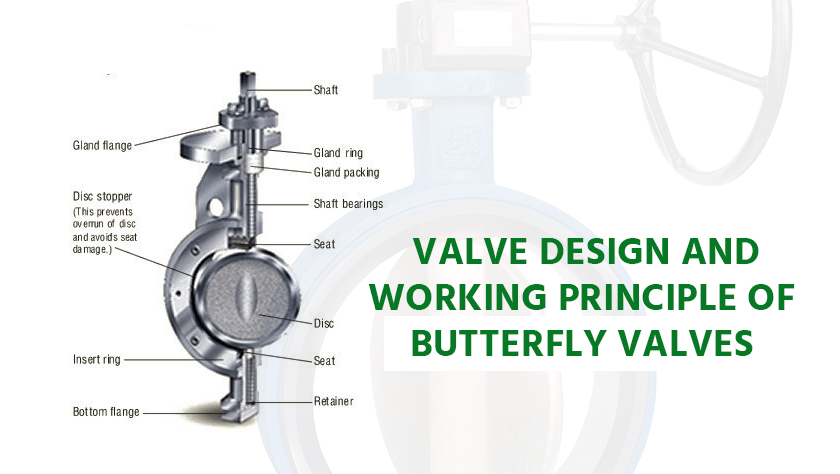
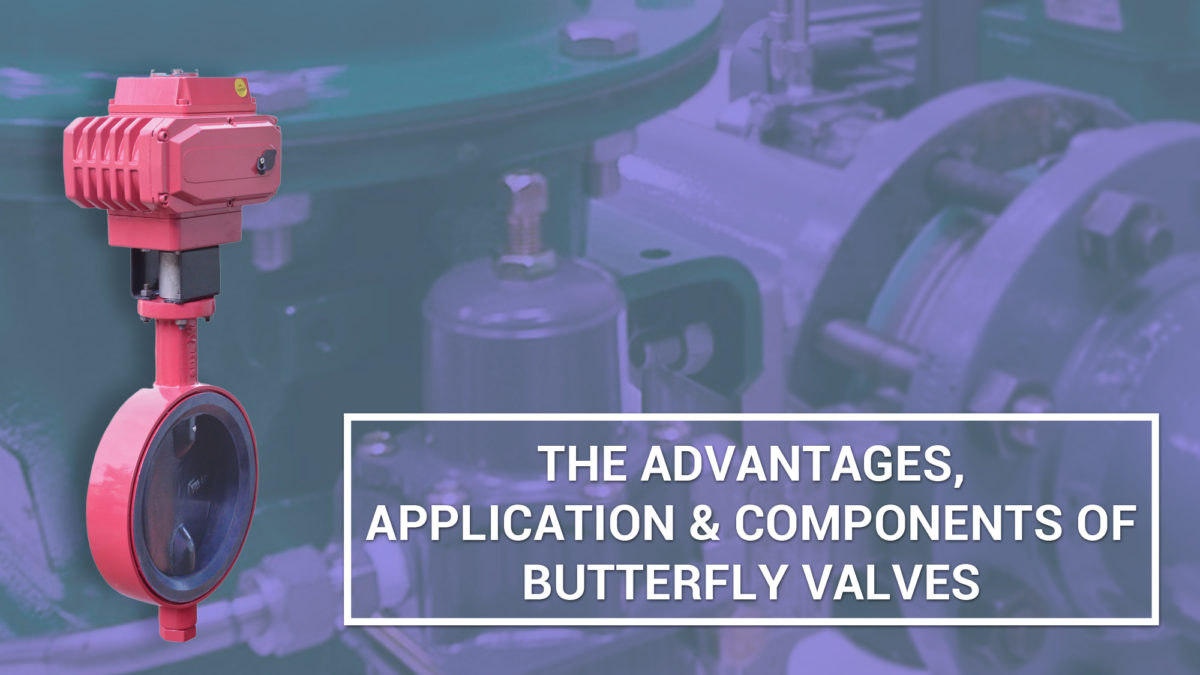
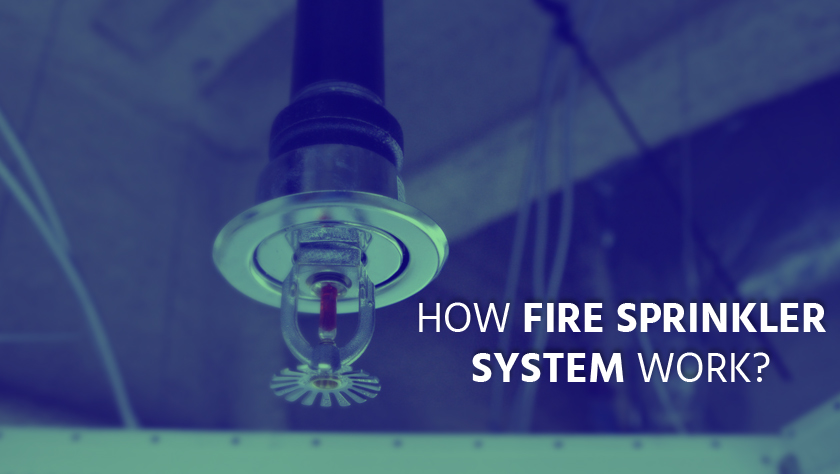
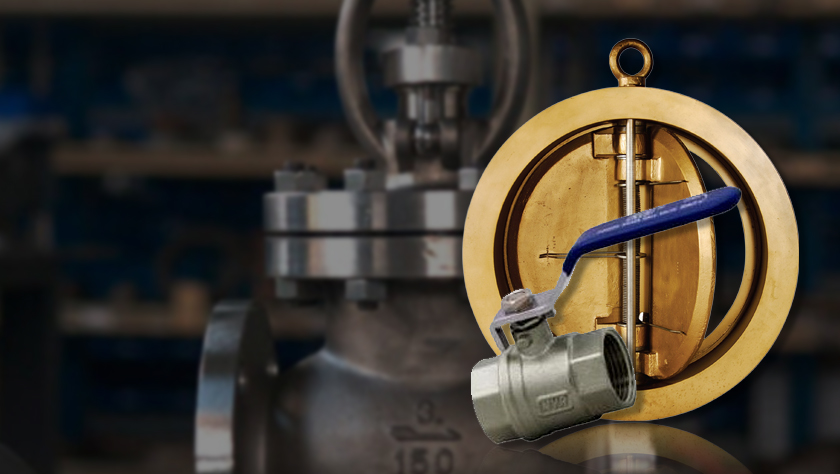
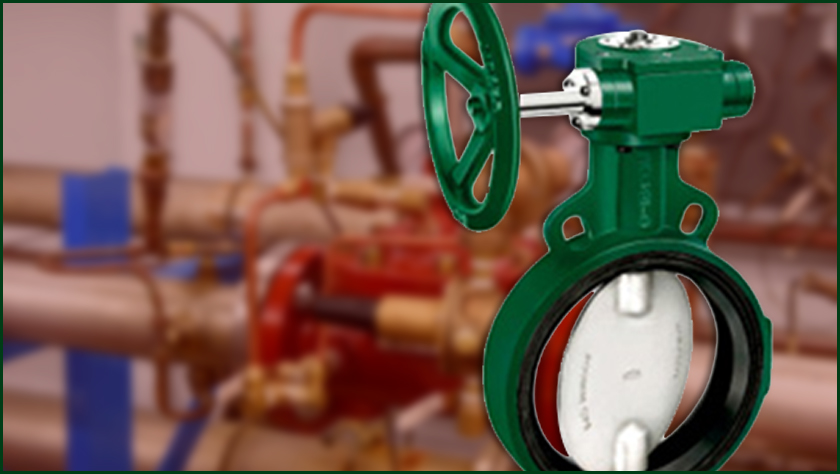
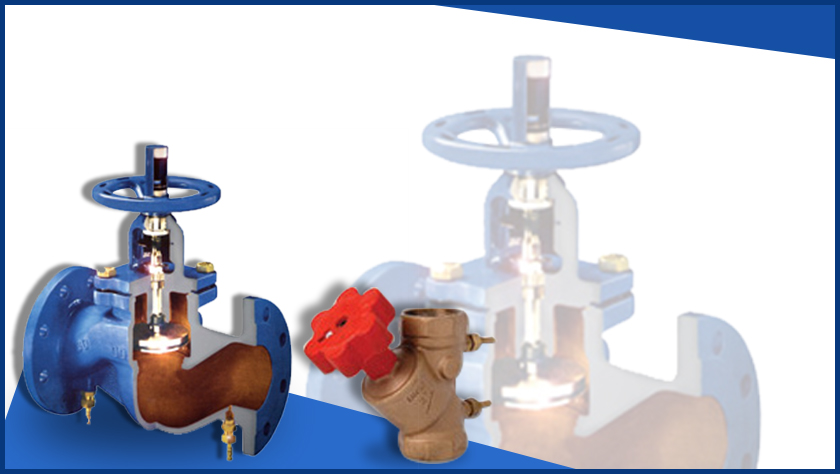







 FSC
FSC